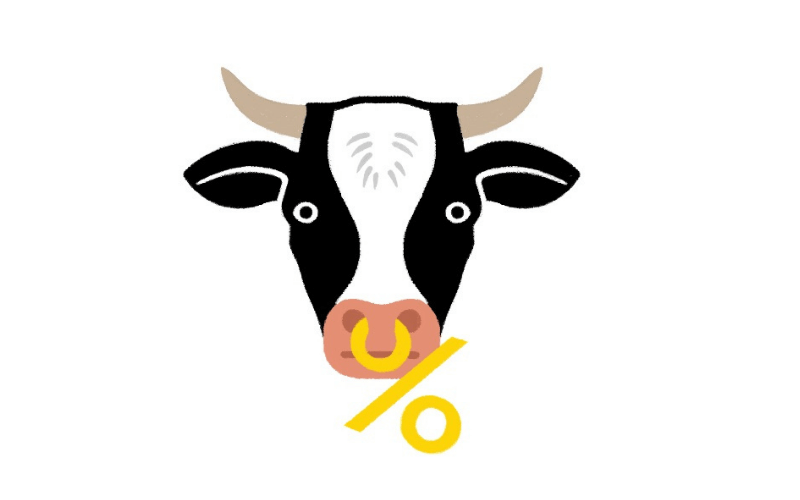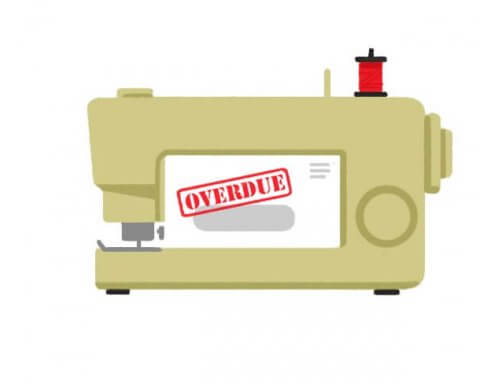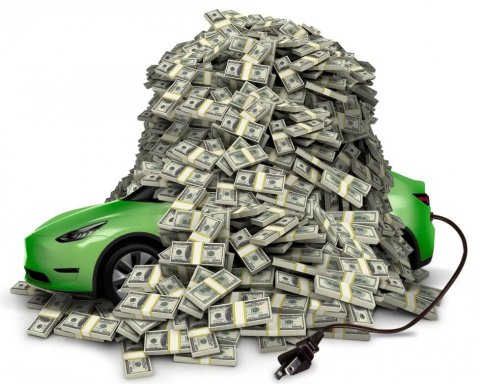The true cost of your favourite steak or chop may be much higher than the price you pay at the store. Thanks to the potential health risks of eating meat – higher incidences of obesity, heart disease, cancer and premature death – as well as the environmental devastation caused by mass-market meat production, society gets stuck with the tab every time you bite into a Whopper or a roast.
Now a growing chorus of researchers is pushing for a combination of carbon taxes and “sin taxes” to mitigate meat’s impact – and the result may curb your appetite.
“There’s increasing consensus that we cannot achieve the Paris Climate Agreement unless we deal with factory farming – a sector emitting more greenhouse gases than all the world’s planes, trains and cars put together,” says Jeremy Coller, founder of the London-based FAIRR Initiative, a US$25-trillion global investor network that studies the environmental, social and governance risks of industrial livestock production. FAIRR made headlines with a recent report that estimated that new carbon taxes could cost 40 global meat companies up to US$11.6 billion in profits by 2050.
Coller, a private-equity investor turned activist, positions FAIRR’s findings as a warning to investors: “In the post-COVID landscape there is a risk that governments may stop subsidizing animal agriculture, and start taxing it instead.”
The report identified “gathering momentum” among policy-makers to apply carbon taxes to farm-animal emissions, which account for half of global agriculture’s total greenhouse gas emissions. A 2019 Lancet Commission report probing obesity, under-nutrition and climate change proposed taxing red meat, and the EU is reportedly considering a “sustainability charge” on meat to compensate for the industry’s carbon emissions, pollution, deforestation and biodiversity loss. A portion of those charges would be redirected to finance more sustainable agricultural practices and reduce the costs of plant-based agriculture.
New Zealand has already announced its intention to begin taxing emissions at the farm level. Given the complexities of measuring and pricing livestock emissions, payments won’t begin until 2025.
Tracking methane emissions down on the farm may seem an unpleasant business, but FAIRR believes the future of agriculture is grim either way. Its recent Livestock Levy report included a Climate Risk Tool to help investors calculate how agricultural producers will be affected by changing environmental factors such as the rising cost of animal feed, water-supply shortages, higher livestock mortality and infrastructure damage caused by “extreme weather events.”
FAIRR produced the tool because it says the meat and dairy sector is lagging behind in recognizing and managing the risks of climate change. As of 2019, it says, only 5% of leading meat companies had undertaken climate-scenario analysis and disclosure, versus 23% of oil and gas, mining and utility companies.







